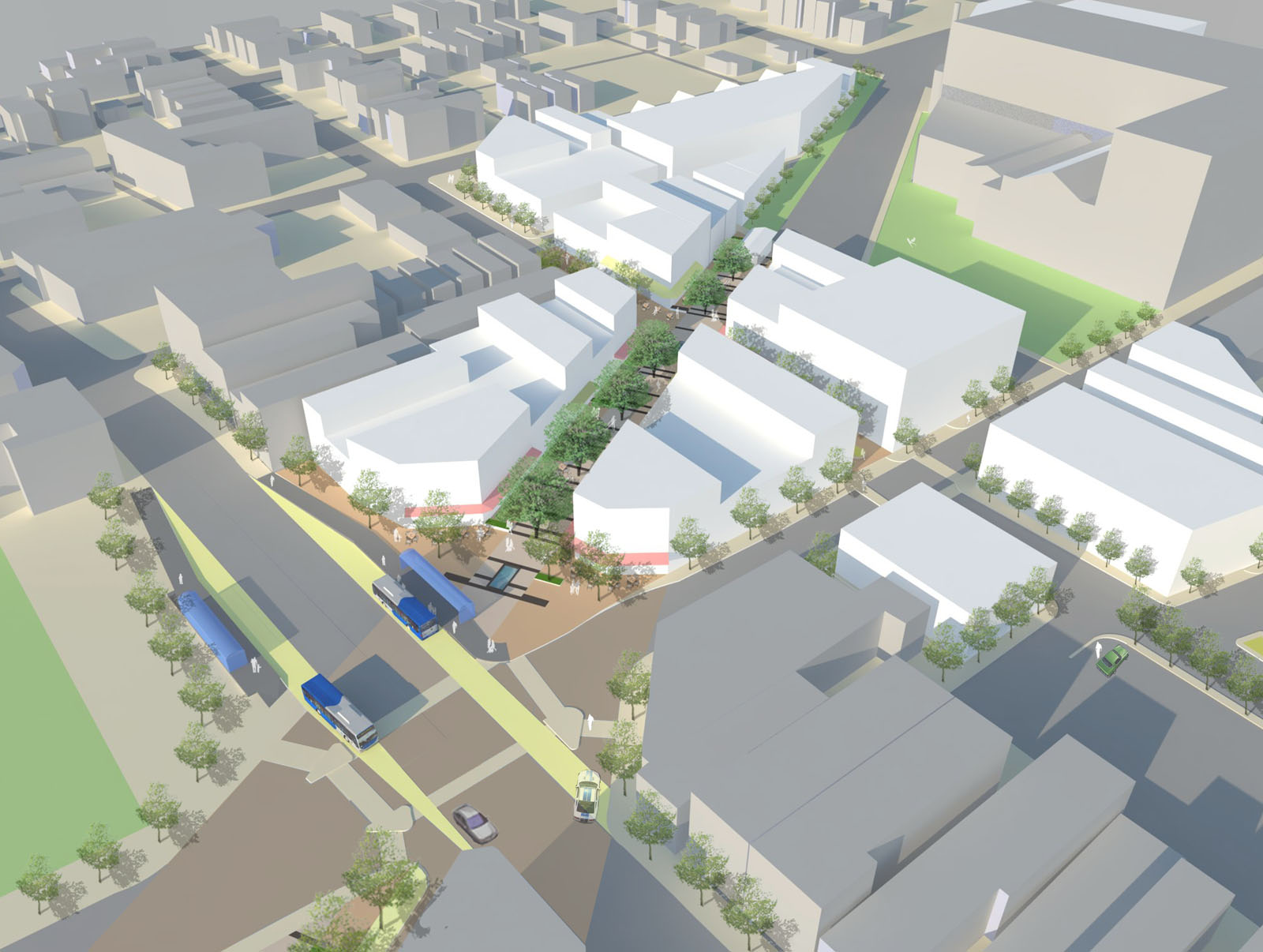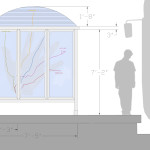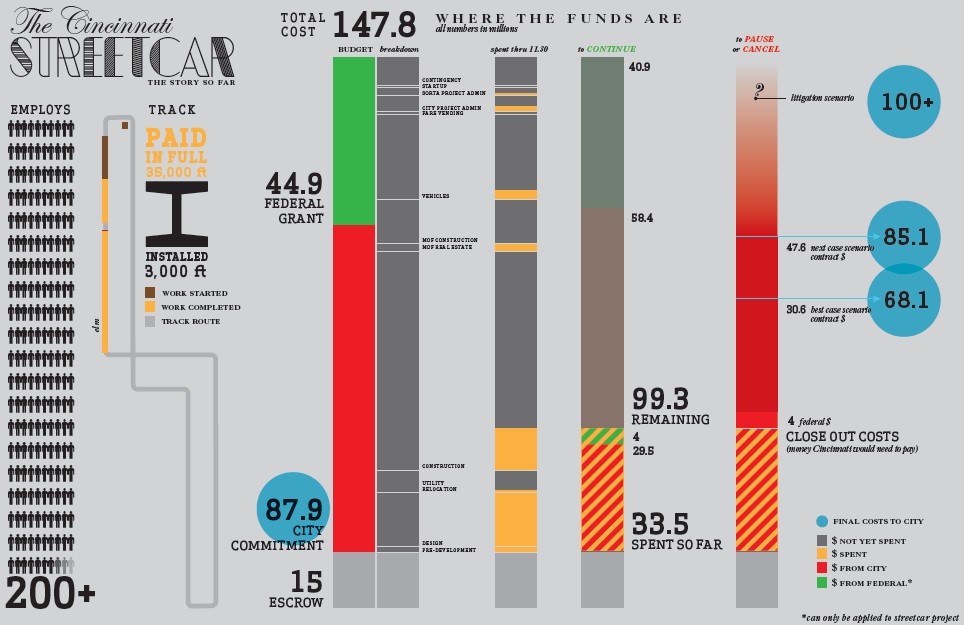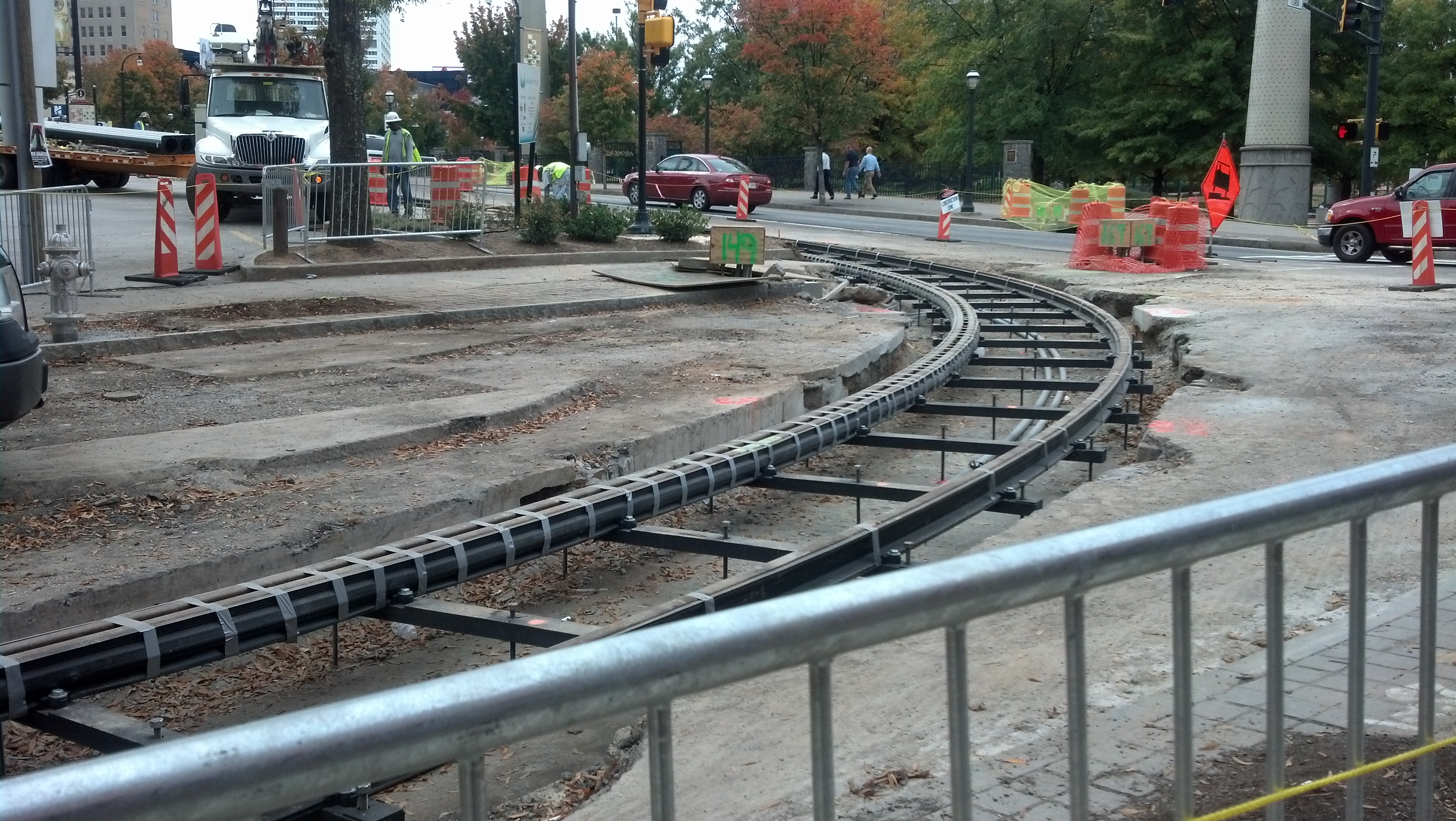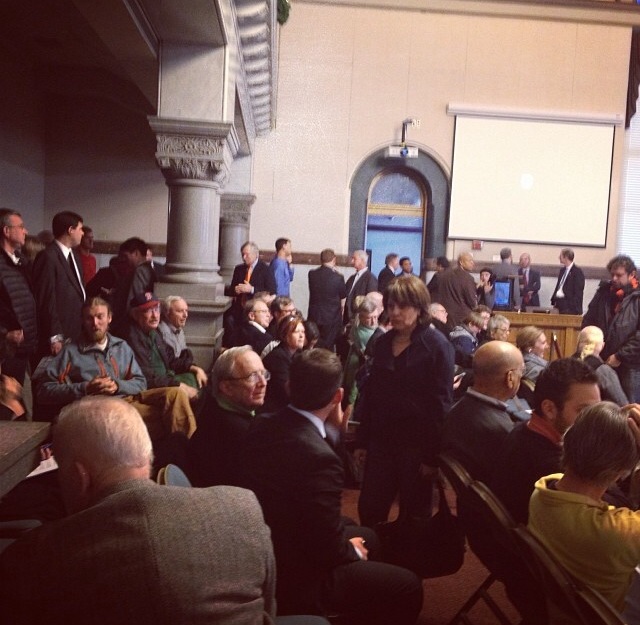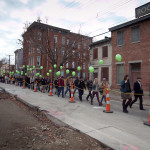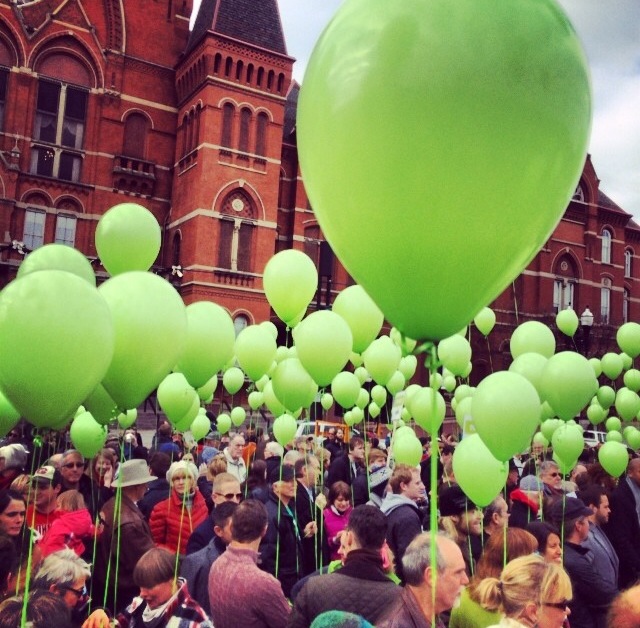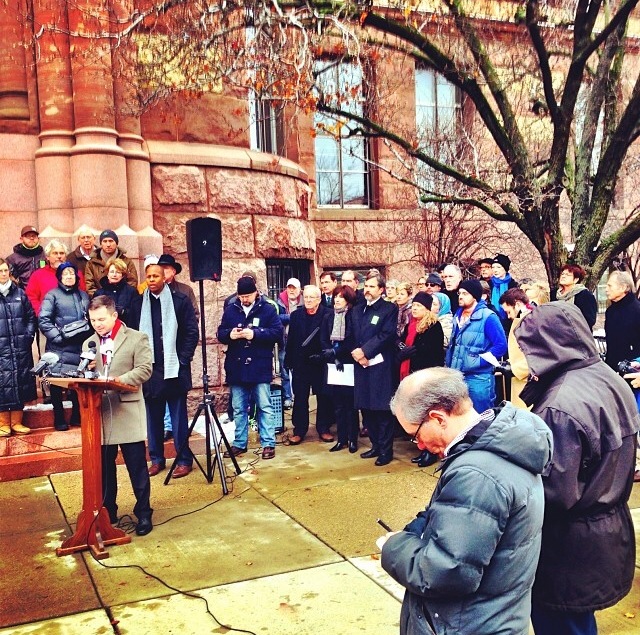
In the latest twist of the ongoing Cincinnati Streetcar saga, the Federal Transit Administration (FTA) Administrator, Peter Rogoff, sent a piercing letter to Mayor John Cranley (D) and all nine members of City Council informing them that the FTA is planning to act quickly on what they perceive as a material breach of contract.
“The Cincinnati City Council passed eleven ordinances on December 4, 2013, that have the effect of suspending progress on the Cincinnati Streetcar Project, an unprecedented action to suspend a federally funded transit project while it is currently under construction and after the City committed approximately $116 million in expenditures and contractual agreements,” Rogoff wrote.
“The Council’s action is a material breach of the FTA Master Agreement and the separate Grant Agreements executed between FTA, the City, and the Southwest Ohio Regional Transit Authority to fund the project. As such, I write to inform you that unless this action is reversed and I receive not later than midnight on December 19, 2013, unequivocal assurances that the City will proceed with the project to completion on the current FTA-approved schedule, FTA will immediately terminate all of its grant obligations for the project and initiate a debt collection action to recover money owed.”
Strong words. It is no wonder Mayor Cranley jumped out in front of the media early on Facebook Friday morning to spin the letter as a positive development for his administration.
But what it also means is that the City of Cincinnati must complete its third financial audit of the project, with KPMG, no later than that date and should make a decision FTA finds satisfactory in order to avoid the loss of $40 million from the Federal government and debt collection on another $5 million of Federal money already spent.
“The City understood FTA’s position before it decided to suspend the project,” Rogoff emphasized with regard to ongoing claims by some streetcar opponents, contrary to what FTA has directly told them, who believe the $45 million in Federal funding could be reprogrammed to other area transportation projects.
Those activities happened on Friday and continued to evolve over the weekend. Meanwhile, the group fighting Mayor Cranley on this matter held a press conference on the steps of City Hall Monday morning announcing the start of a petition drive that would place a Charter amendment forcing the administration to finish the project according to its contractual agreements.
Streetcar supporters will need to gather 5,970 signatures in order to have the Charter amendment placed on the ballot, but say they are striving to collect 12,000 within five days in order to send a message to City Hall. Should they get the necessary signatures, it would be placed on the ballot for voters within 60 to 120 days according to state law.
“We are confident that this [the city’s ongoing financial audit] will show that the cost to stop the streetcar is more than the cost to continue,” Ryan Messer, unofficial spokesman for the ‘We Believe in Cincinnati’ organization, told the crowd. “We hope at that point City Council will remove the pause button and hit the restart button, so we can continue to see the growth and development that has already come as a result of the Cincinnati Streetcar.”
Article XVII Streetcar Charter Amendment
At the same time, Mayor Cranley has gone on the record and stated that he would potentially veto any majority vote by City Council to restart construction and complete the project. Such a move would require the Charter amendment or a 6-3 super majority vote of City Council to override the mayor’s veto.
Following Monday’s press conference, the ‘We Believe in Cincinnati’ organizers say they will host a signature gathering training session tomorrow evening at First Lutheran Church at 1208 Race Street in Over-the-Rhine from 6pm to 8pm. Organizers say all are welcome to attend and that they expect hundreds to show up for what will be the first of a five-day blitz to collect thousands of signatures.
In order to get to the super majority vote, streetcar supporters need both Vice Mayor David Mann (D) and Councilman Kevin Flynn (C) to side with the four existing council members supporting the project. While both Mann and Flynn have stated, and campaigned on the fact, that they would consider the facts and figures before making a decision, both have shown indications that their minds may already be made up even before the latest audit is completed.
“I’m not against the streetcar because I’m against streetcars,” Flynn, who prior to being elected had been a prominent streetcar supporter, told The Enquirer on Monday. “I’m against it because I don’t think it makes economic sense for the city right now. I don’t think the numbers are going to come back supportive.”
Whether Flynn and Mann were sincere in saying that they would reasonably consider the facts and figures associated with taking “unprecedented action” to cancel a project already under construction, or not, is yet to be seen. But in either case it appears that streetcar supporters have a tough road ahead of them.

